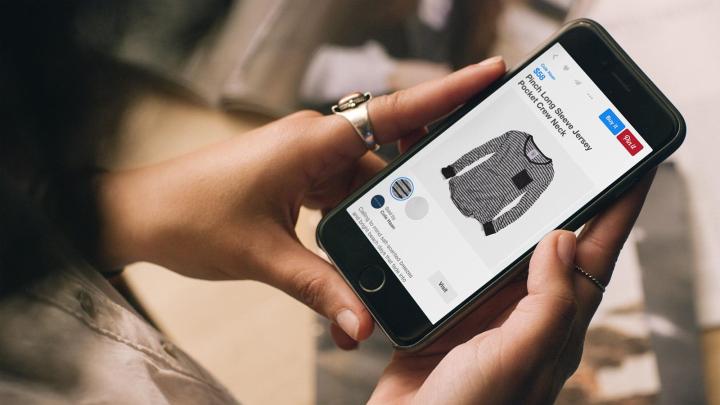
Thirty-one percent of online adults now report using Pinterest, and 28 percent say they’re active on Instagram — up more than 100 percent from 2012, when just 15 and 13 percent, respectively, of the online communities claimed to be loyal users. Nearly 60 percent of Instagram users report checking the app on a daily basis, whereas just a year ago, less than half reported such behavior.
Interestingly enough, Instagram’s user demographics also differs a bit from other social media networks, boasting a larger proportion of nonwhite individuals than sites like Facebook, Twitter, and LinkedIn. And as for the inspiration boards of Pinterest, women remain the dominant site visitors, with the vast majority of them being under the age of 50.
Despite these positive trends for the highly visual social networks, Facebook certainly remains the mothership when it comes to online communities. Seventy-two percent of the online community has a profile, and 70 percent report daily visits to the site. And while the company may be reaching its saturation point, its continued efforts towards monetizing its user base is keeping investors highly interested in what Zuckerberg and Co. have yet to offer. So keep on connecting, millennials. Just don’t forget to step away from your screens and actually see one another face-to-face every once in a while.


